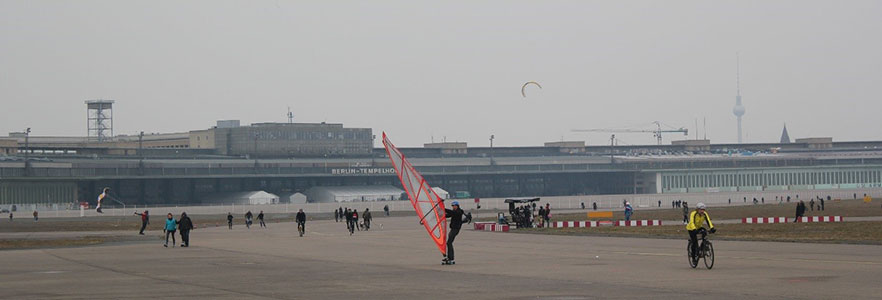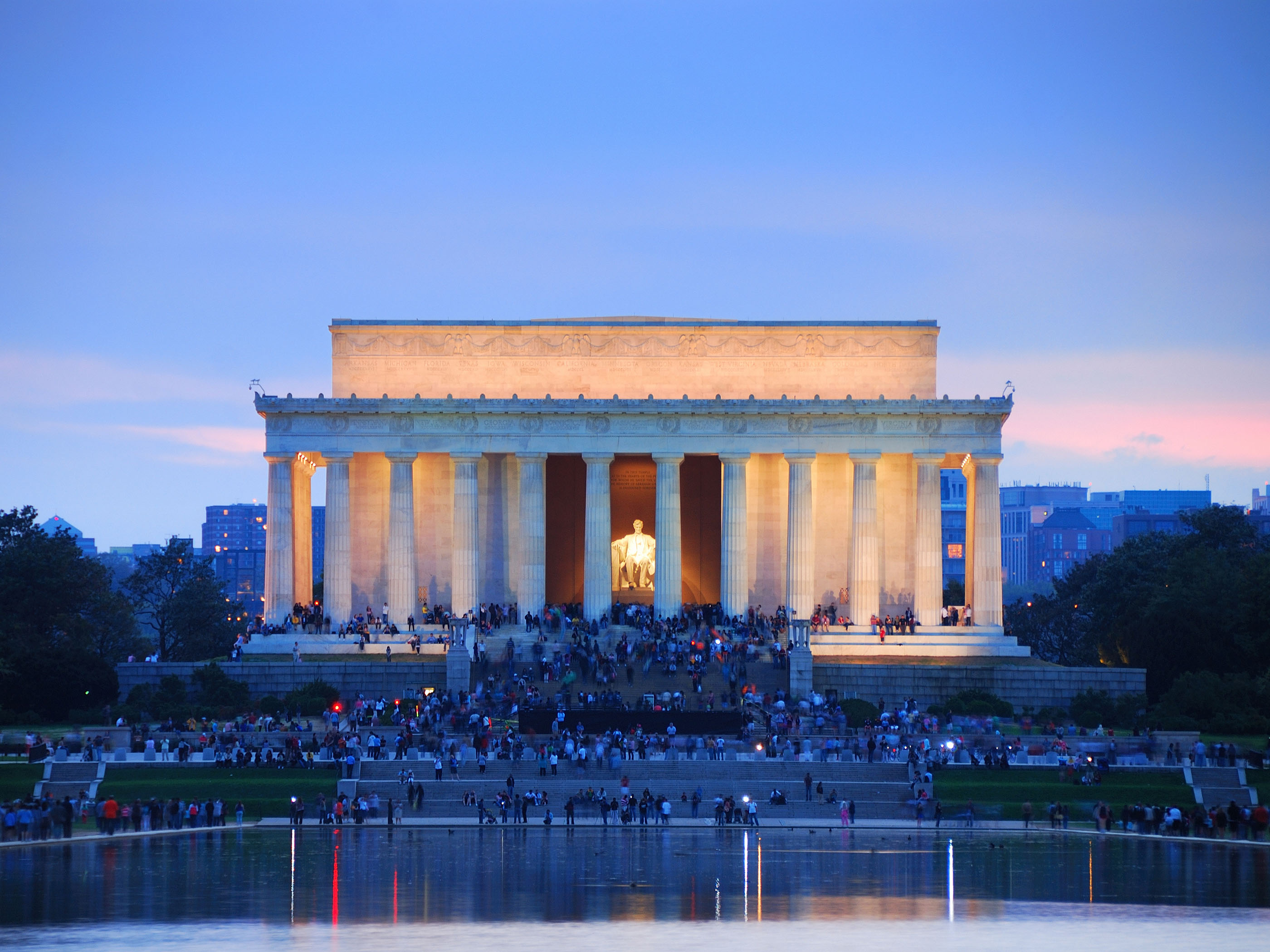A lot of municipalities want to plan for more sustainable urban growth and are applying fairly rigid urban growth agendas to do so. While these may have system-wide benefits, they sometimes overlook the more localised benefits of organic urban growth and community identity. I think this is an important tension that needs exploring.

There can be lots of reasons for authorities to exert strong controls on urban growth. In many North American and Australian cities, there are strong efforts to redress earlier – and equally strongly mandated – planning blunders such as rigid zoning codes, over-emphasis on sprawl housing and over-investment in roadways. Transit-oriented development, new urbanism and smart growth are simply some of the newer manifestations of top-down growth policy.
Songdo in Korea and Masdar in the United Arab Emirates represent perhaps two of the most manufactured, hyper-futuristic and masterplanned international cities. Each is based on a top-down conception of a resilient city. And, each was conceived as a place that should be irresistible for both commerce and citizenry with a focus on everything ‘smart’. Eleven years and US$35bn later, Songdo has completed just 60% of its planned infrastructure.
Songdo, Masdar and other futuristic cities that are a product of strong top-down influences are not without some successes: some order brings efficiency and each city embodies a range of green systems such as sustainable energy generation and consumption management. Nevertheless, it is apparent to me that truly vibrant and ultimately liveable cities cannot be manufactured. They need something more, and this comes only with citizen engagement and ingenuity, and necessarily, some grit.
From our partners:
I’d say Berlin, for example, has grit – and that it’s part of the city’s essential character. In Berlin, what citizens want and say is also essential. There are continual commercial pressures to turn Tempelhof Airfield over to development but Berlin’s citizens have elected to keep it as municipal open space. Once gone, open space of this size would probably never be seen again in the heart of this major global city.
Just down the road, next to Rudolph-Wilde Park in Wilmersdorf, a small collective maintains community gardens. A sign on the fence warns that every year, the municipal government will reconsider whether to allow development on this prime urban land and for the community to demonstrate solidarity.
The challenge for Arup and our partners is to apply ourselves as true urban experts. We need to be the specialists who can advise government on smart planning in every sense of the word. I think this should include allowing a certain degree of chaotic urban activity and citizen engagement.
This feature is written by Ryan Falconer and adopted from Arup.















